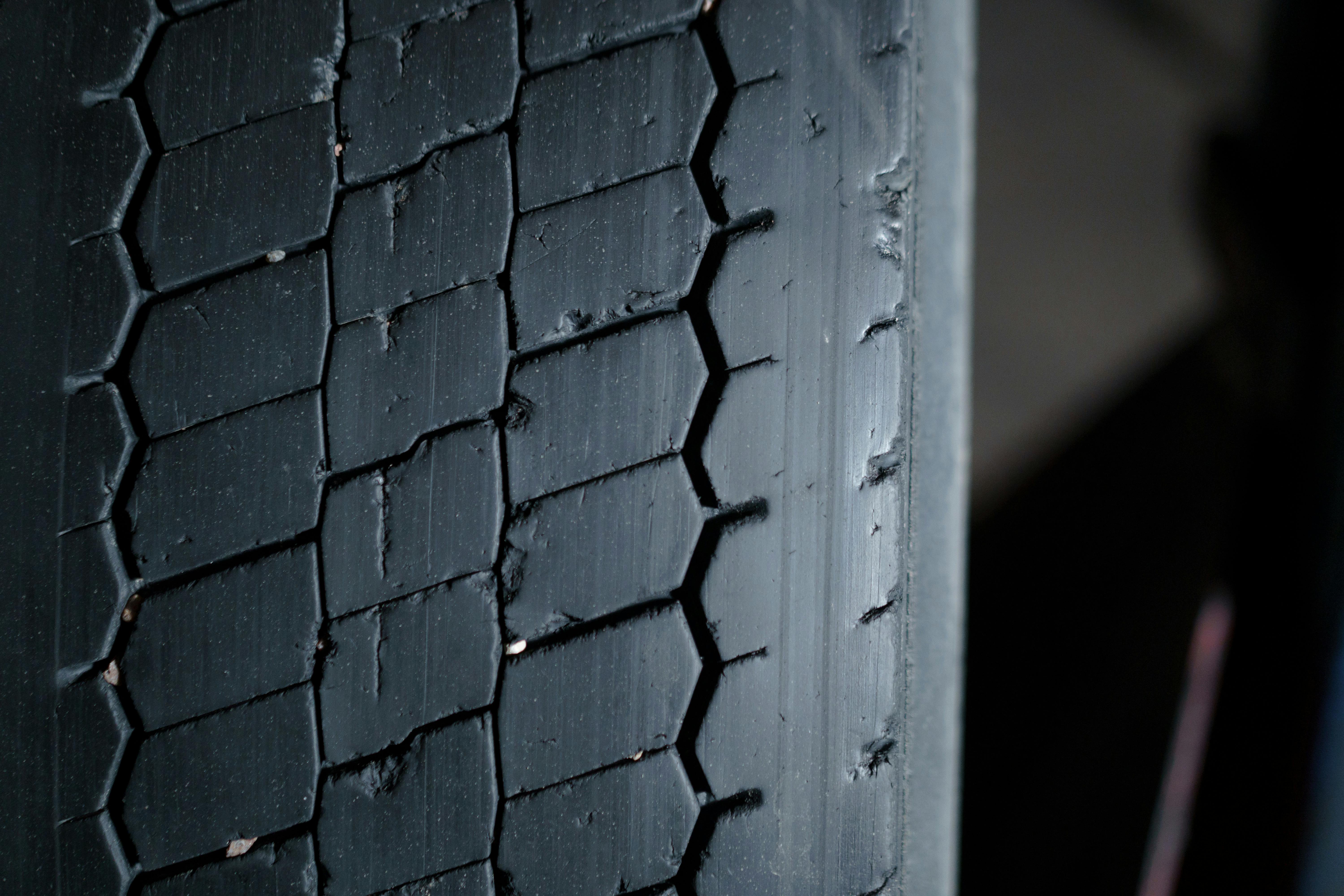A guide to building your own wine cellar
Whether you’re a wine novice, braggart, or connoisseur, it’s a worthwhile investment, especially if you plan on putting together a much larger anthology of fine wines to build your own cellar.
Although perishable, wine is one of the few products that actually improves over time. Over time, the complex interplay between acids, sugars, and alcohols will create a beautiful composition of flavors, aromas, and deep flavors of a mature classic.
But for this perfect interplay to work, you need to keep your healthy wine in perfect condition while it’s young, as this will ultimately determine the quality of the final product.
Fortunately, depending on the size of your collection, there are several wine storage options you can choose from, from a wine cooler to wine cellars, that can provide more effective climate control solutions, especially for those who have a large amount of wine. wine anthology
However, cellars are not just a place to store wines. They must be the ideal environment where the wines age comfortably so that the vintage carries its characteristics, complexity and quality and reaches perfection as the master of the vintage intended.
Therefore, when planning to build your own wine cellar, you should first consider many things like:
The cellar must be well insulated
Make sure that the ceiling must have a minimum of R-19 insulation around the perimeter. You need to pay much more attention to the insulation in the upper part of the cellar. This is because during hot weather, the ceiling or roof is where most of the energy is lost. Also make sure that the door is well insulated and that the interior ceiling and wall cladding material is rot and mildew resistant. When creating a cellar, a good rule of thumb is that the thicker the walls, the better the insulation, and the better the cellar will maintain a consistent temperature.
Get the best refrigeration units
To ensure that the ideal temperature inside the cellar is achieved, a cellar cooling system should be provided to keep the cellar climate properly controlled at a temperature of approximately 55-58 degrees and humidity of 50-70%. These cooling systems come in various types and sizes, but in three basic designs: self-contained, split cooling, and split air handling. The most basic among the 3 are the self-contained systems, which are meant to fit through a standard wall. This unit can produce air that is 30°F cooler than the room air outside the cellar.
Similarly, split cooling systems work the same way, except you can place the condenser separately in another part of the house. Many cooling systems come with built-in humidity control, but if yours doesn’t or you live in a very dry climate, it’s wise to consider a humidification system.
Don’t Forget Vapor Barriers
Install a vapor barrier (6-8 mil plastic sheeting is recommended) on the warm side of the insulation. So be sure to wrap the entire interior with the plastic, leaving it loose in a stud cavity, as the insulation will be placed between each stud. This vapor barrier is installed to prevent condensation from forming on your walls. To ensure you have a complete vapor barrier, be sure to completely wrap all walls and ceiling in plastic.
Installation of wine racks
To store your wine collection, you need wine racks, which are offered in four basic options: Type-Based, Standard, and Custom; and according to construction materials, wood and metal.
It is said that metal racks are usually restricted to 705ml bottles and cost more per bottle for storage. The most common shelf is made of wood. These wooden shelves are offered in a selection of standard configurations such as single bottle column shelves, “bins and bins”, corner shelves, magnum shelves, etc. When selecting a wooden rack, the standard configuration is based on the size and shape of your wine cellar, as well as the type of wine.
adequate lighting
An essential part of the overall basement décor is basement lighting. Today, the best known is the “air Lock” recessed ceiling light. Be sure to put them on dimmer switches to control brightness. However, in many cases, most make use of track lighting as the main lights inside the warehouse. Display lights that accentuate different areas of the warehouse are also becoming popular. However, it is advisable to place all lighting on a timer system. Leaving the lights on for long periods of time can cause excess heat and cause the cooling equipment to work too hard.
